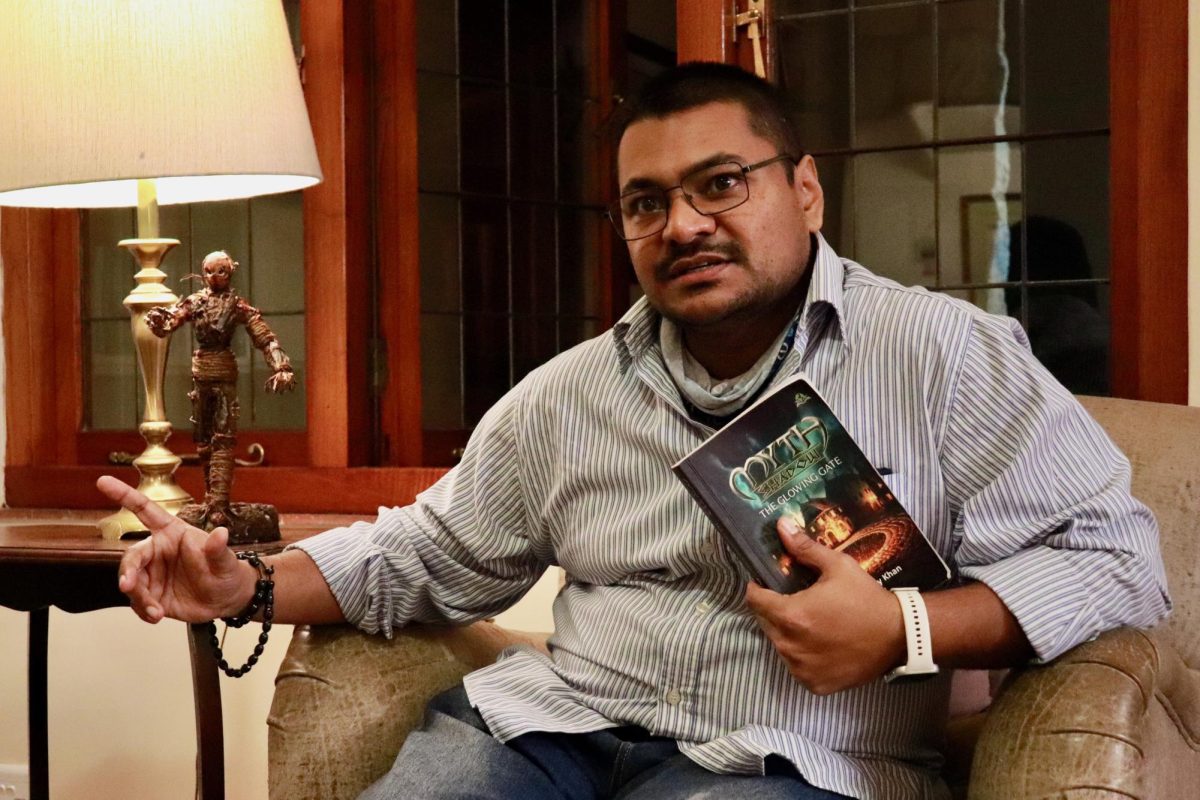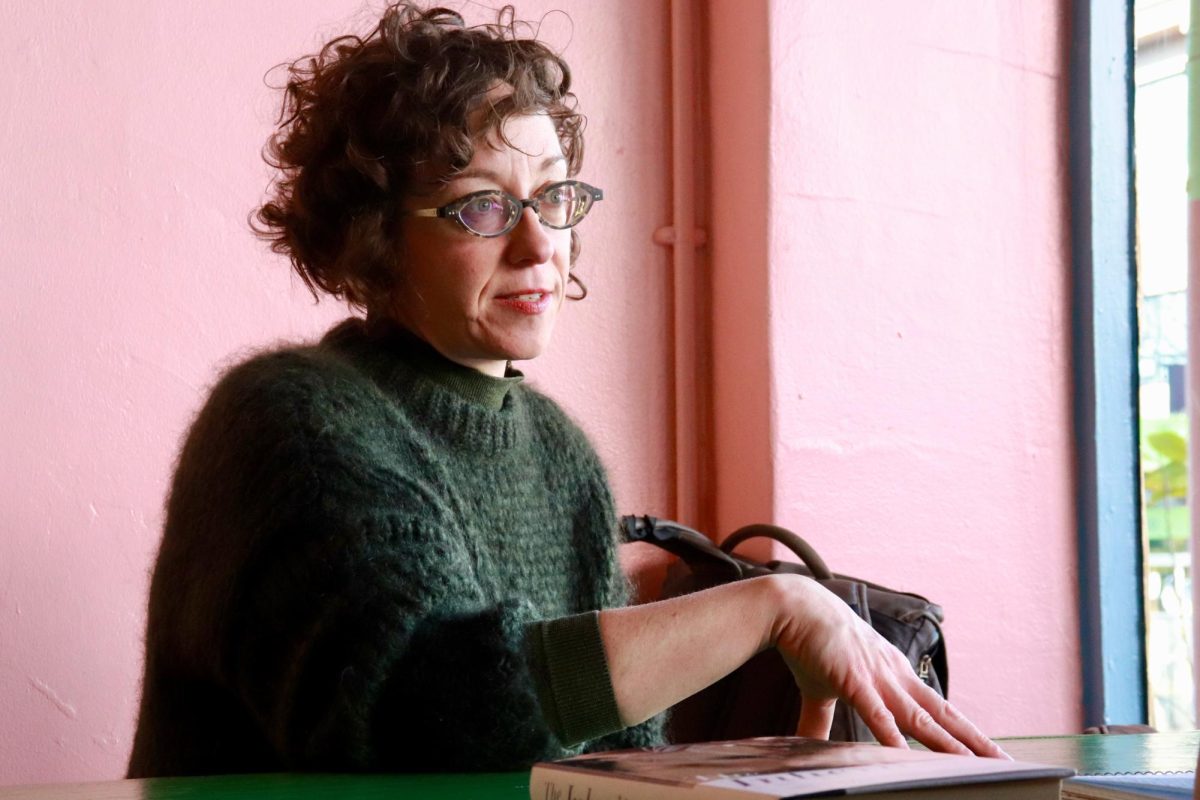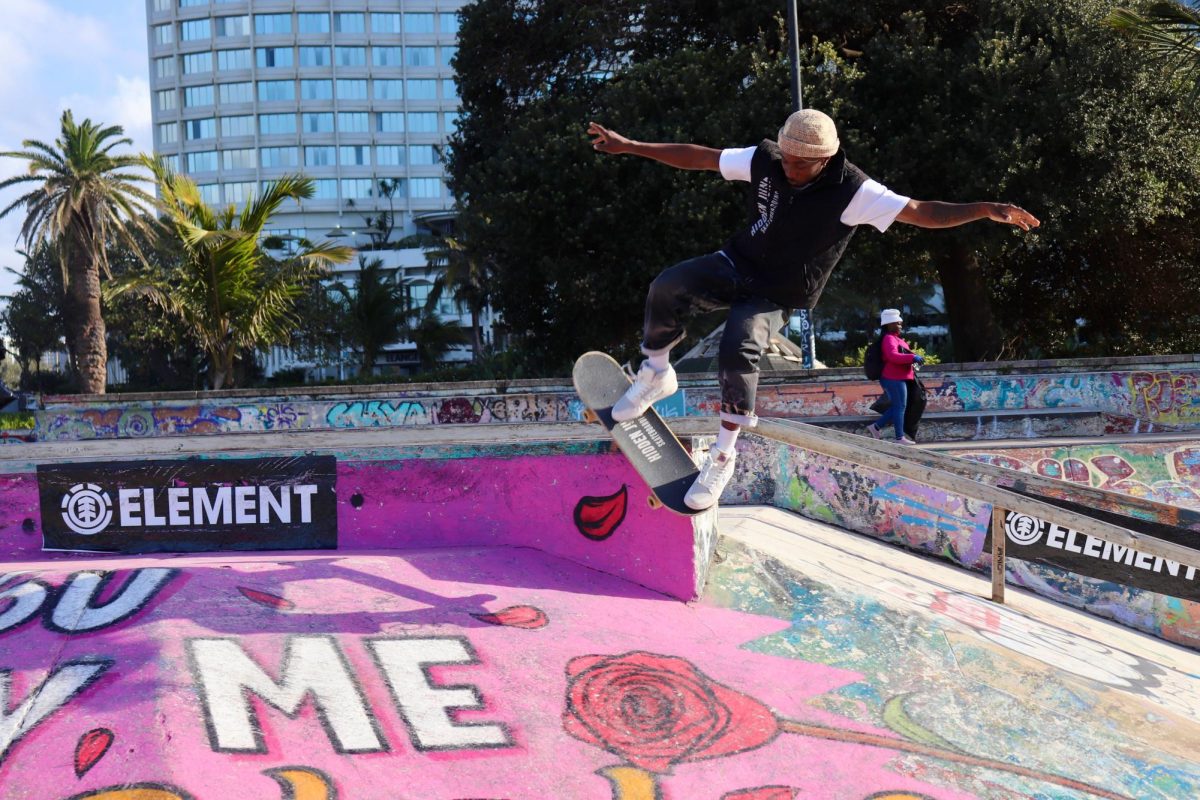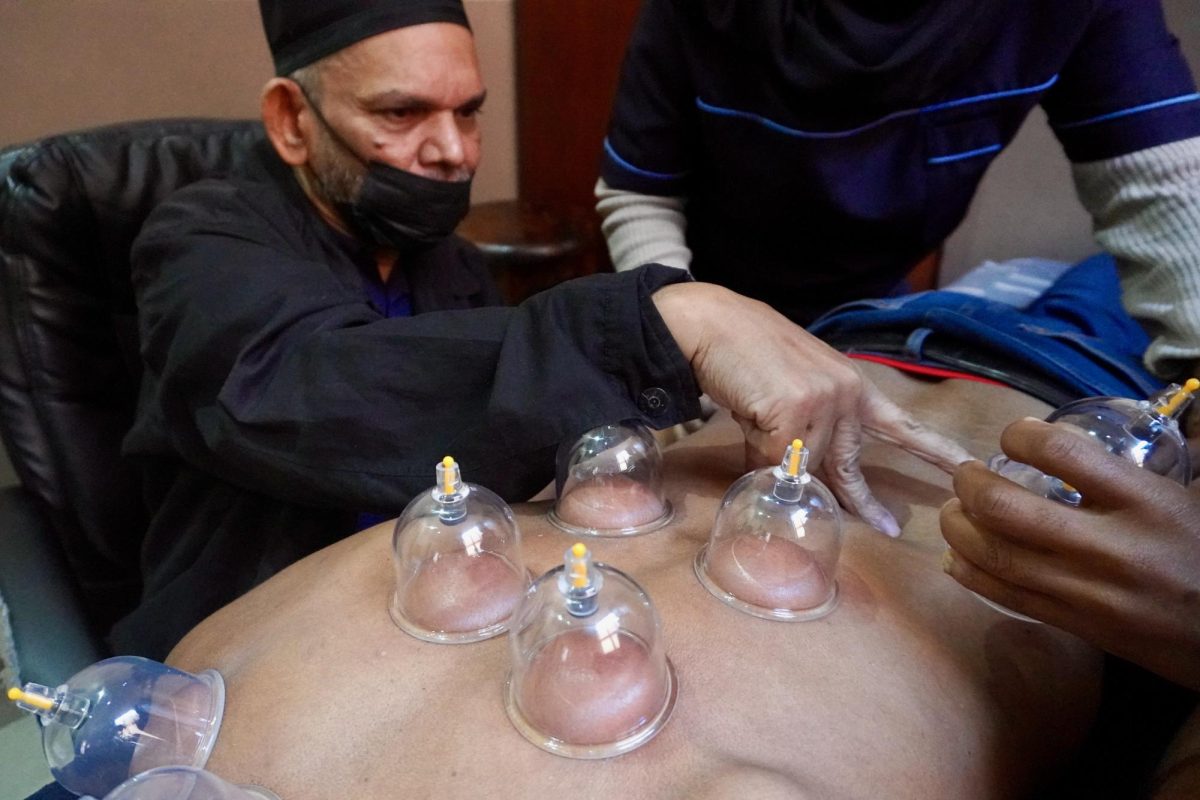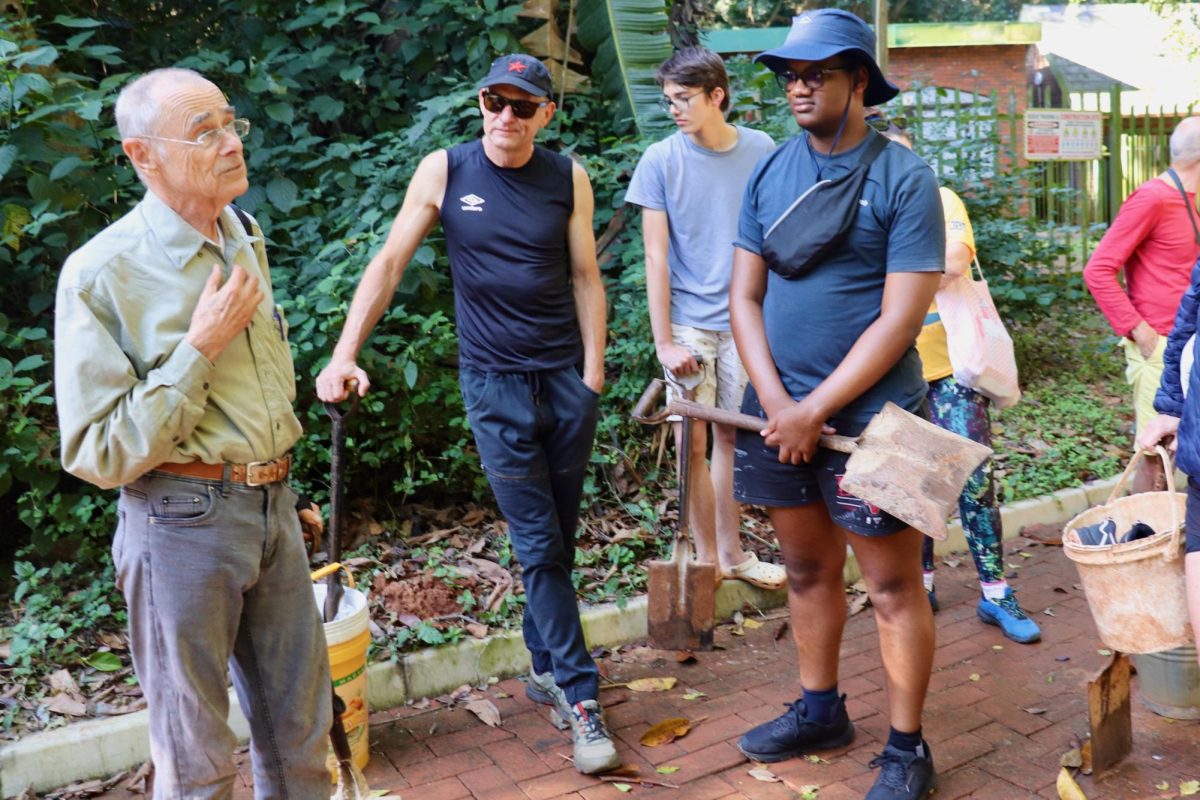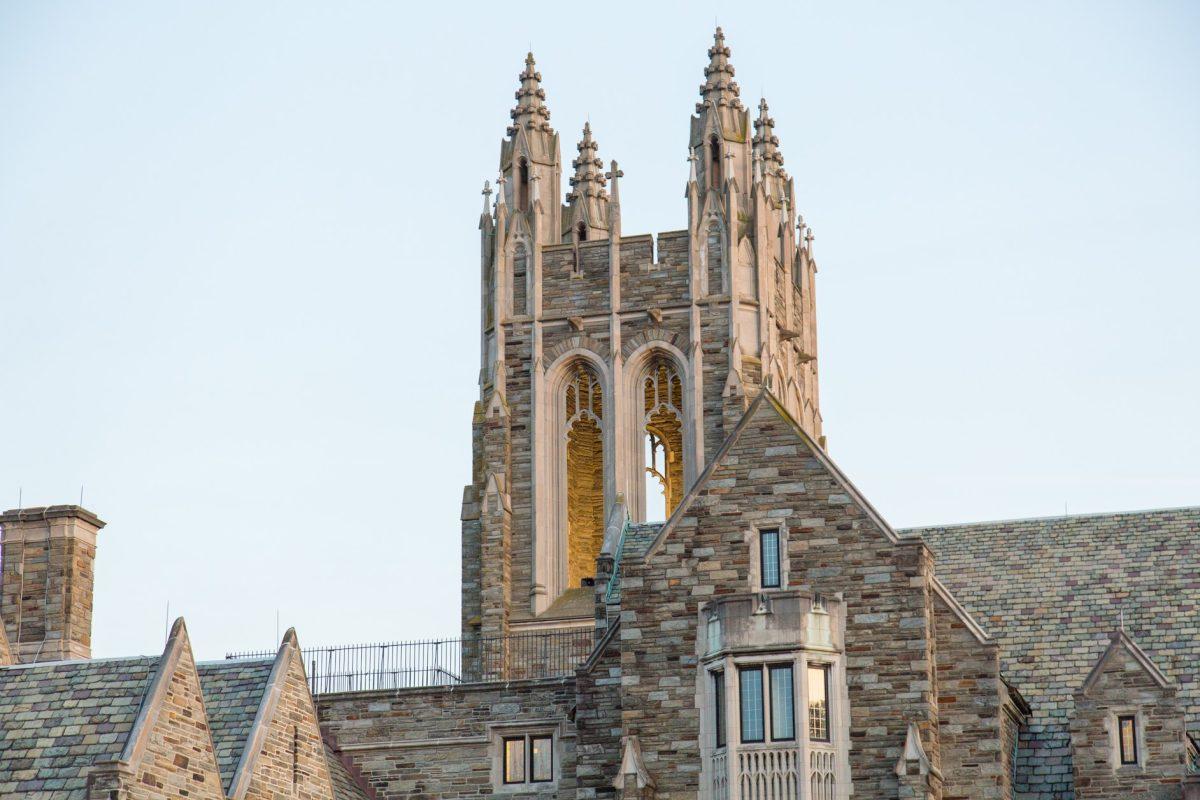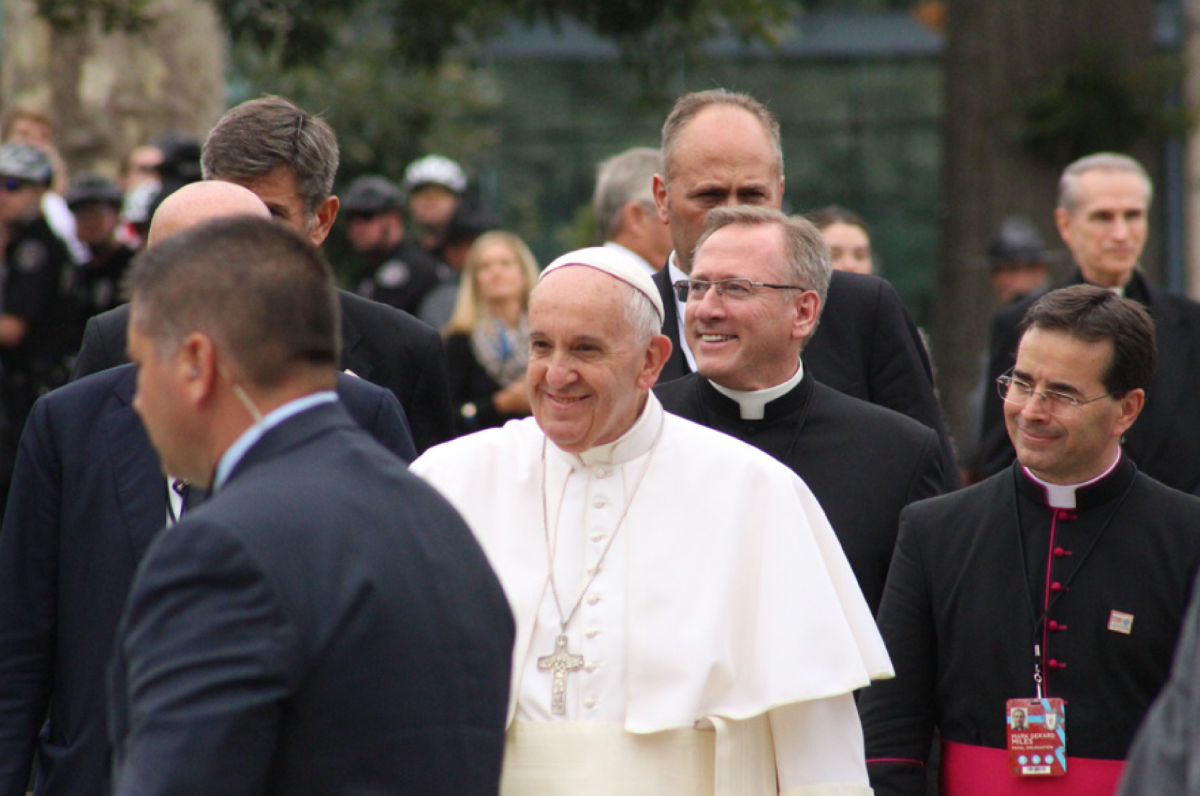In a religious bias incident reported to the Office of Community Standards, a St. Joe’s student was presented the option to use a “restorative justice approach” in the resolution of the incident. It is unclear whether the Office of Community Standards has actually implemented an official restorative justice program as an alternative to formal hearings when responding to bias incidents on campus.
When asked to respond to questions about the role of restorative justice in the Community Standards process, Bill Bordak, director of Community Standards, responded that it would be best to “touch base again” in the spring 2020 semester.
“I am still engaged in research and, therefore, it is premature to engage in any conversations on implementation at this time,” Bordak wrote in an email to The Hawk.
Bordak is currently writing a dissertation on restorative justice.
As reported in the Dec 4. issue of The Hawk, a classmate of Sehar Macan-Markar ’22 made several offensive comments about Islam in a religious difference class. During a Community Standards meeting Macan-Markar, chose the “restorative justice” option following Bordak’s suggestion. She agreed to the option because it was described as a less formal process with less severe punishments for the respondent, according to Macan-Markar.
According to Mary-Elaine Perry, Ed.D, Title IX coordinator, when a bias incident is reported, the Office of Public Safety and Security contacts the complainant. Then they meet with members of the Bias Activity Response Group, a four-member group that meets to assess bias incidents. The Bias Activity Response Group then passes the case to Community Standards, Perry said.
There is currently no mention of a restorative justice option for Community Standards within the Student Handbook. The only other resolution option in the handbook is an “Alternative Resolution.”
“Alternative Resolutions are utilized to address reports in the absence of formal charges for violations of policy, including through conflict resolution, facilitated dialogues, and/or mediation,” according to the handbook.
Although Perry said Community Standards is still organizing a restorative justice program, she said the current Alternative Resolution option includes a dialogue with the individuals involved in the incident.
“With more research, we will be working toward a restorative justice option, but we are not there yet,” Perry wrote in an email to The Hawk.
Macan-Markar said what was pitched to her was referred to as a “restorative justice” option, not an “alternative resolution.”
Tyler Keyworth, assistant director of Restorative Justice & Conflict Resolution at the University of Colorado Boulder, said restorative justice can be more challenging for respondents than regular punishment.
“Restorative justice gives people the opportunity to understand more about the harm and impact caused by their actions rather than just assuming,” Keyworth said. “By placing punishments on folks, we assume they understand what they did was wrong, why it was wrong and how to avoid doing it again.”
Referring to the Dec. 4 Hawk story about Macan-Markar, Don Haldeman, J.D., adjunct professor of criminal justice and sociology, said he found the story to be “troublesome.”
“There were some things here that weren’t right,” said Haldeman, who frequently facilitates restorative justice meetings. “That offender was not prepared to come into that space.”
Macan-Markar wasn’t prepared for the conversation, either.
“I understand they wanted to get my perspective, but I feel like a lot of it fell on me telling him this is what you did and it was wrong,” Macan-Markar said.
Haldeman said it is essential for facilitators of restorative justice programs to make sure both parties are prepared for whatever it is they are going to hear in a meeting.
“If it looks like it’s going to be problematic, you’re not going to do it. It stops,” Haldeman said. “And even when I start a face-to-face dialogue, if it appears that the offender’s going off the trail, we’ll call a timeout.”
Keyworth said he cautions universities from implementing restorative justice too early on a high level problem.
“It’s good to get all the kinks out of case management,” Keyworth said. “[Getting] that kind of stuff all ironed out with a straightforward process rather than starting with something that is relatively difficult.”
Haldeman also said in order to properly implement restorative justice in higher education, the university has to be “committed to it big time.”
“You have to put money towards it, you have to do the training, you have to have places to have conversation,” Haldeman said. “It’s not a piecemeal approach. It’s not a magic bullet. It takes hard work and commitment. You have to be completely committed to restorative justice values and principles.”
Carly Calhoun ’21 and Emily Graham ’20 contributed to this story.








